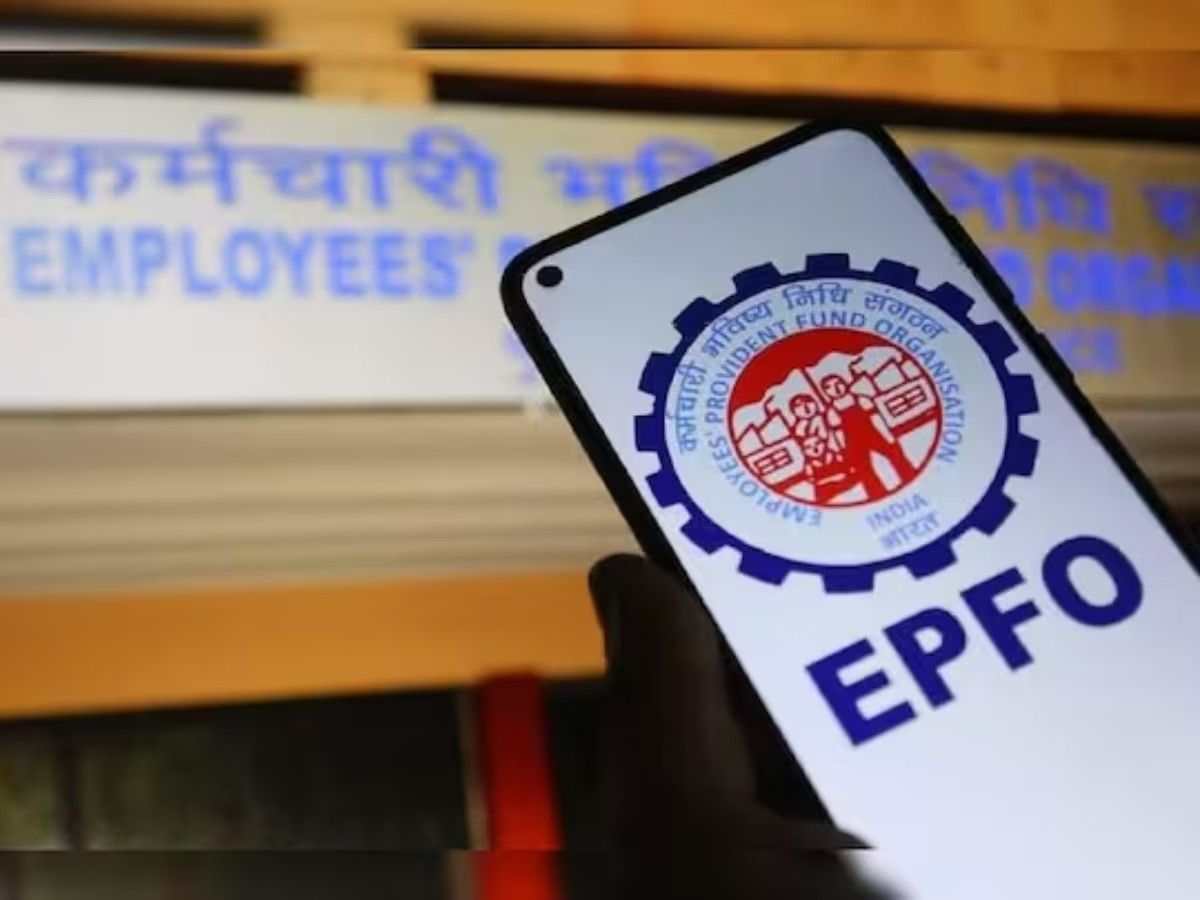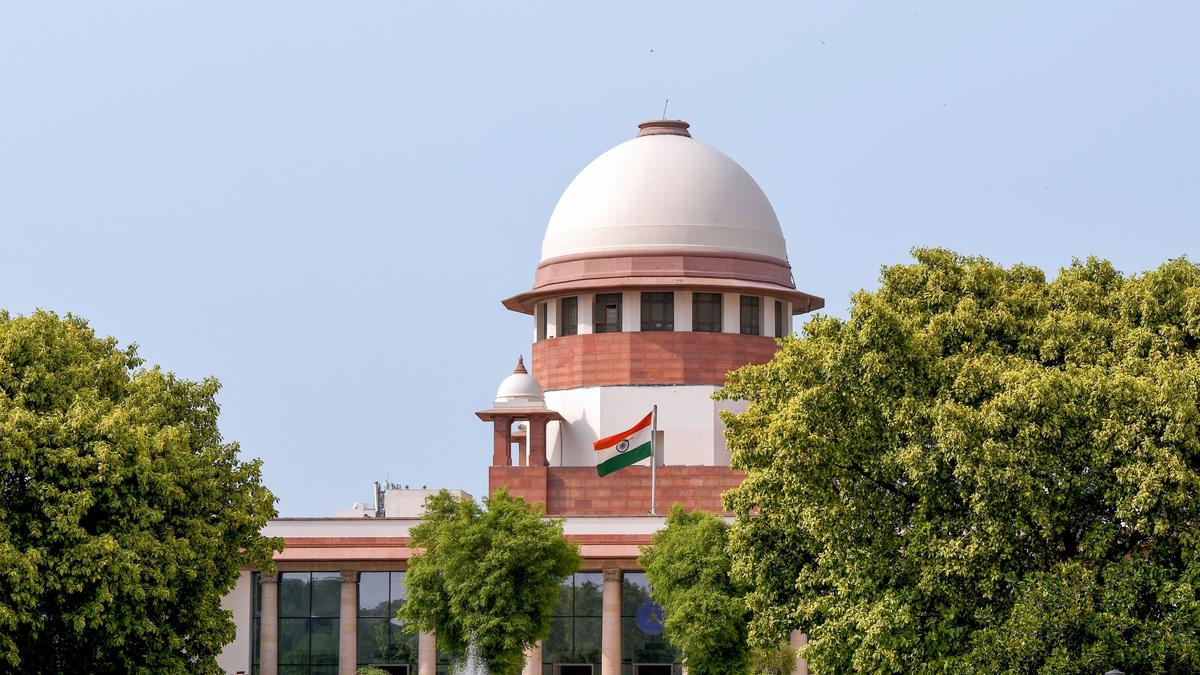Now Reading: EPFO Unveils Major Reforms: Full PF Withdrawals Now Possible with Simplified Digital Process
-
01
EPFO Unveils Major Reforms: Full PF Withdrawals Now Possible with Simplified Digital Process
EPFO Unveils Major Reforms: Full PF Withdrawals Now Possible with Simplified Digital Process

Introduction:
In a significant policy shift, the Employees’ Provident Fund Organisation (EPFO) has approved a comprehensive reform allowing its over seven crore subscribers to withdraw up to 100% of their Provident Fund (PF) balances. This move aims to enhance financial flexibility and ease of access for members, particularly benefiting those in Tier 2 cities and rural areas. Accompanying this change is a streamlining of digital services, ensuring a more user-friendly experience.
Key Highlights of the Reform:
- Full PF Withdrawal Permitted:
Subscribers can now access their entire PF balance, including both employee and employer contributions, providing greater financial autonomy. - Simplified Withdrawal Categories:
The EPFO has consolidated 13 complex withdrawal provisions into three clear categories: Essential Needs (such as illness, education, and marriage), Housing Needs, and Special Circumstances. This simplification aims to reduce bureaucratic hurdles and expedite the withdrawal process. - Increased Withdrawal Limits:
The new rules allow for higher withdrawal limits: up to 10 times the monthly salary for education and up to 5 times for marriage, compared to the previous limit of three withdrawals for these purposes. - Reduced Minimum Service Requirement:
The minimum service period required for partial withdrawals has been uniformly reduced to 12 months, making it more accessible for members. - No Documentation for Special Circumstances:
Members can now apply for withdrawals under special circumstances, such as natural calamities or epidemics, without the need to provide detailed documentation, streamlining the process. - Mandatory Minimum Balance:
A provision has been introduced requiring members to maintain at least 25% of their PF balance to ensure continued accrual of interest and compounding benefits. - Digital Transformation Initiatives:
The EPFO has launched initiatives like the ‘Vishwas Scheme’ to reduce litigation and introduced doorstep Digital Life Certificate services, aiming to modernize and simplify its operations.
Implications for Subscribers:
These reforms are expected to provide significant relief to EPF members, especially those facing urgent financial needs. The simplification of procedures and reduction in documentation requirements will likely encourage more members to utilize their PF savings responsibly. Moreover, the mandatory minimum balance ensures that members continue to build their retirement corpus while addressing immediate financial concerns.
Conclusion:
The EPFO’s decision to allow full PF withdrawals, coupled with the simplification of withdrawal processes and digital services, marks a pivotal step towards enhancing financial accessibility for its members. These changes are poised to empower subscribers, particularly in Tier 2 cities, by providing them with greater control over their retirement savings and facilitating timely access to funds when needed.

























